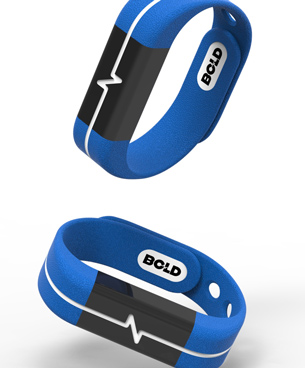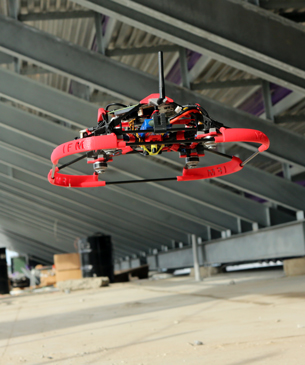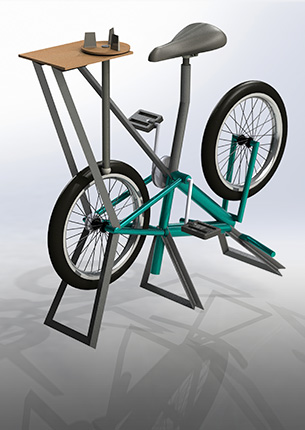At-home DNA TestingGenomeLock provides insightful genetic analysis while preserving privacy
Northwestern Engineering undergraduate Ana Cornell keeps a notebook filled with sketches of ideas and designs she one day hopes to build. One of her first was for an at-home DNA testing kit that she’s now working to make a reality, thanks to support at the University.

I’ve always wanted to try a DNA testing kit to learn from it, but I was always concerned about privacy risks with current products on the market. I couldn’t find a test that could be taken and analyzed from home.
Problem
Taking reliable and private genetic tests can be an expensive and difficult process.
Solution
GenomeLock, a system uses a simple cheek swab and a three-part test kit to provide users with insightful genetic data using DNA that never leaves their home.
Development Process
In ENTREP: 225 Principles of Entrepreneurship, Cornell proposed exploring her idea for an at-home DNA testing kit and received positive feedback. She learned about the Propel Program at The Garage at Northwestern, which provides female student entrepreneurs financial support, mentorship, and resources to advance their startup ideas. She was accepted prior to the start of winter quarter.
Jakub Wolsza, a rising sophomore studying electrical engineering, and Mark Ogarek, a rising sophomore studying biomedical engineering, joined her team. Wolsza used his expertise in circuits to build the kit’s polymerase chain reaction (PCR) machine — a thermal cycler that uses enzymes to amplify the segment of DNA being analyzed — at a fraction of the cost of current models. Ogarek leveraged his lab experience to refine the DNA extraction process.
To run a GenomeLock test, users take a cheek swab of their DNA, run it through a DNA extractor, then insert it into the PCR machine. The sample is then inserted into a hand-held genetic sequencer, which analyzes the data and produces results.
Current Status
In addition to applying for a patent and launching a company website, Cornell also hopes to network with potential investors and manufacturing partners to learn how to eventually produce GenomeLock at scale and bring it to the marketplace.
After splitting up GenomeLock’s hardware and working on it remotely during spring quarter, the team planned to meet in Cornell’s family garage in Glenview, Illinois, to conduct comprehensive tests and finalize their prototype.
Updated August 2020


















































